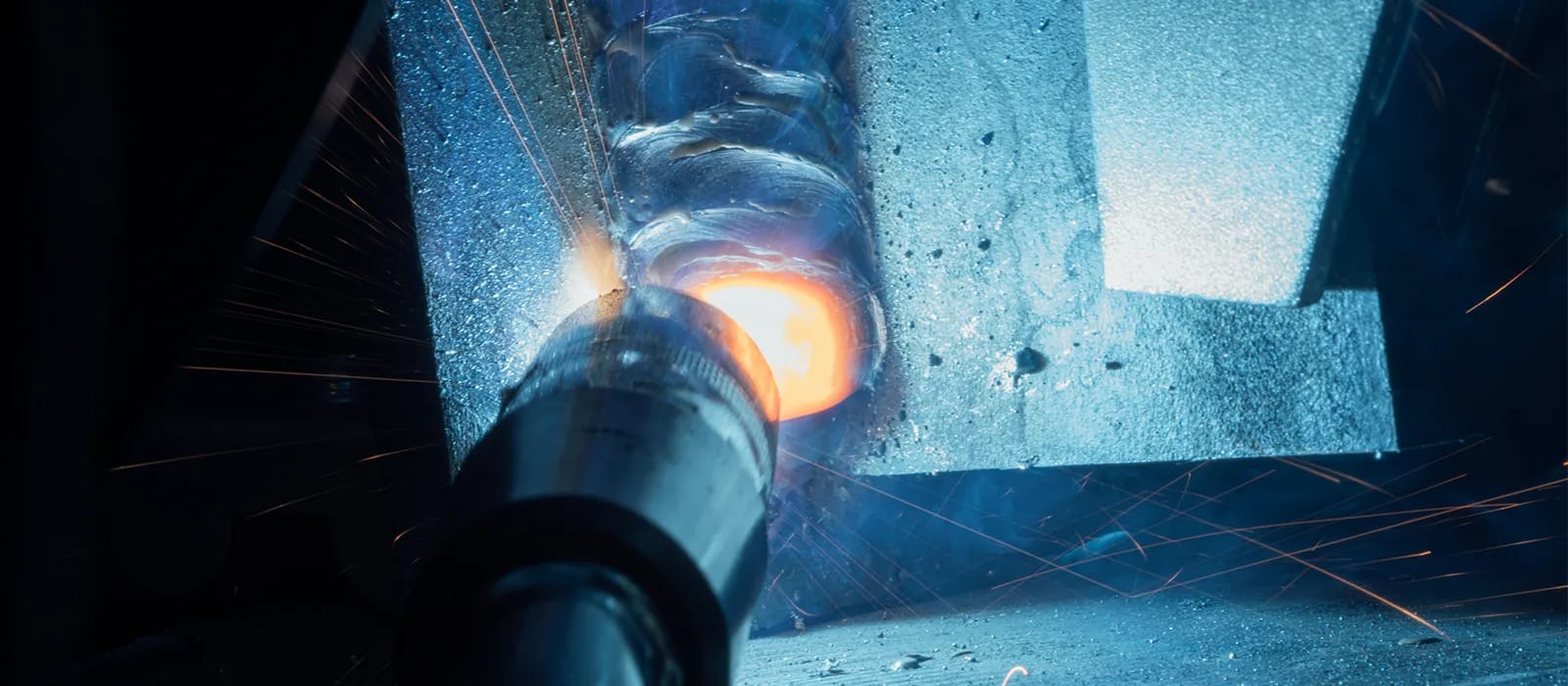Porosity in Welding: Identifying Common Issues and Implementing Ideal Practices for Avoidance
Porosity in welding is a pervasive concern that usually goes unnoticed till it causes considerable problems with the stability of welds. In this conversation, we will discover the key aspects adding to porosity development, examine its detrimental results on weld performance, and go over the best methods that can be taken on to minimize porosity incident in welding procedures.
Usual Root Causes Of Porosity

One more regular perpetrator behind porosity is the visibility of impurities externally of the base steel, such as oil, oil, or corrosion. When these pollutants are not successfully eliminated before welding, they can vaporize and end up being entraped in the weld, triggering flaws. Making use of dirty or wet filler products can introduce impurities into the weld, adding to porosity problems. To alleviate these typical reasons for porosity, extensive cleaning of base steels, correct protecting gas choice, and adherence to optimal welding parameters are essential techniques in achieving high-quality, porosity-free welds.
Impact of Porosity on Weld High Quality

The existence of porosity in welding can significantly jeopardize the structural honesty and mechanical residential properties of welded joints. Porosity develops voids within the weld steel, weakening its general strength and load-bearing capability. These gaps serve as stress and anxiety concentration factors, making the weld much more susceptible to splitting and failing under applied tons. Additionally, porosity can decrease the weld's resistance to deterioration and other environmental variables, further lessening its durability and efficiency.
Among the primary consequences of porosity is a reduction in the weld's ductility and sturdiness. Welds with high porosity degrees have a tendency to exhibit lower effect stamina and minimized capacity to warp plastically prior to fracturing. This can be especially worrying in applications where the bonded parts are subjected to dynamic or cyclic loading conditions. Additionally, porosity can hamper the weld's capability to successfully send pressures, leading to premature weld failure and potential safety risks in vital structures.
Ideal Practices for Porosity Prevention
To enhance the architectural honesty and top quality of bonded joints, what particular measures you can look here can be implemented to lessen the occurrence of porosity throughout the welding process? Porosity avoidance in welding is vital to make certain the integrity and toughness of the final weld. One reliable practice appertains cleaning of the base steel, removing any type of pollutants such as rust, oil, paint, or dampness that could cause gas entrapment. Guaranteeing that the welding devices remains in good condition, with clean consumables and suitable gas flow prices, can likewise considerably reduce porosity. Furthermore, keeping a steady arc and controlling the welding specifications, such as voltage, present, and travel rate, aids produce a regular weld pool that decreases the danger of gas entrapment. Utilizing the proper welding strategy for the particular product being bonded, such as adjusting description the welding angle and weapon position, can even more avoid porosity. Routine evaluation of welds and instant remediation of any problems determined throughout the welding procedure are crucial techniques to stop porosity and generate high-quality welds.
Importance of Appropriate Welding Methods
Implementing proper welding methods is paramount in making certain the structural integrity and top quality of bonded joints, building upon the structure of reliable porosity prevention steps. Extreme heat can lead to enhanced porosity due to the entrapment of gases in the weld swimming pool. Furthermore, using the suitable welding criteria, such as voltage, existing, and travel rate, is essential for accomplishing sound welds with marginal porosity.
Additionally, the choice of welding process, whether it be MIG, TIG, or stick welding, need to line up with the details needs of the project to look at this site make certain optimal results. Appropriate cleaning and prep work of the base steel, along with selecting the appropriate filler material, are likewise vital parts of skillful welding techniques. By sticking to these ideal practices, welders can reduce the threat of porosity formation and generate high-grade, structurally audio welds.

Checking and Quality Assurance Procedures
Examining procedures are necessary to identify and stop porosity in welding, making sure the stamina and resilience of the final product. Non-destructive screening methods such as ultrasonic testing, radiographic testing, and aesthetic assessment are generally employed to identify prospective issues like porosity.
Post-weld examinations, on the other hand, assess the final weld for any kind of flaws, including porosity, and validate that it meets specified standards. Applying a thorough top quality control plan that consists of extensive testing procedures and assessments is extremely important to decreasing porosity issues and ensuring the overall top quality of bonded joints.
Final Thought
In final thought, porosity in welding can be an usual concern that influences the top quality of welds. By identifying the common causes of porosity and implementing ideal techniques for prevention, such as correct welding techniques and screening steps, welders can ensure high quality and reliable welds. It is vital to prioritize prevention methods to lessen the occurrence of porosity and maintain the honesty of bonded frameworks.